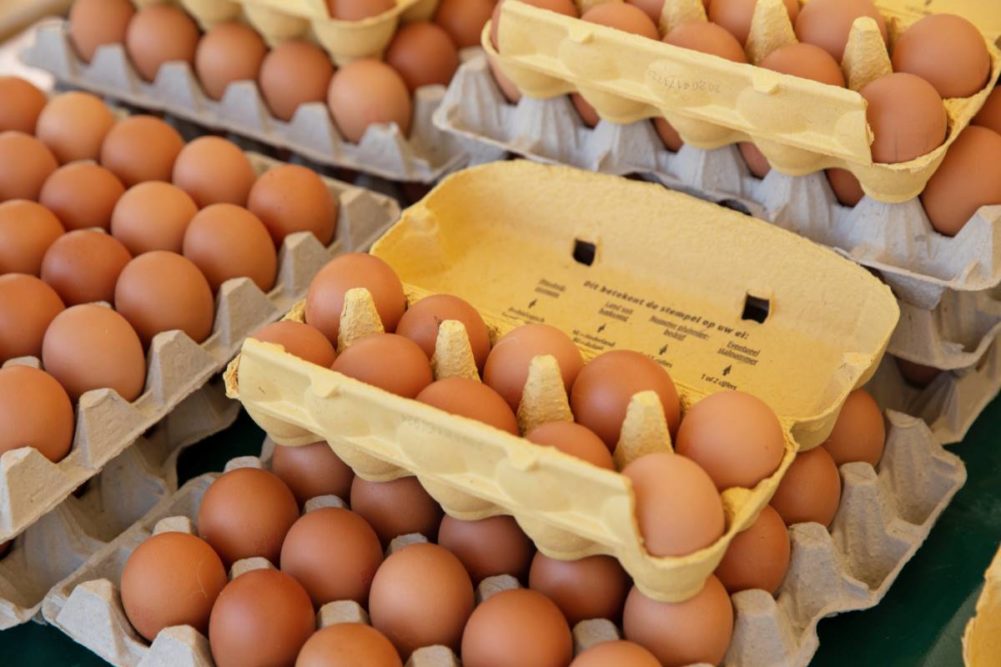KANSAS CITY — A series of unfortunate events from low inventories to high demand and a savagely stubborn virus have pushed egg prices to their third all-time high this year. Midwest Grade A large egg prices were holding steady at an historic $4.18 a dozen at midweek. According to the Bureau of Labor Statistics, the five-year average price for a dozen grade A large eggs is $1.45 a dozen, but the current price at most local retailers is well over 200% of that average.
“Nobody thought $4 on Midwest large shell eggs was ever obtainable,” said Amy Smith, vice president at Advanced Economic Solutions.
Earlier this spring after the start of the highly pathogenic avian influenza (HPAI) outbreak, shell egg prices reached their first record at $3 a dozen only to smash through that ceiling during the summer at $3.40 a dozen. Analysts like Ms. Smith said egg inventories had reached multi-year lows amidst high demand from consumers looking for affordable protein options during months of peak food inflation.
Traditionally, HPAI outbreaks have been relegated to spring months when wild birds, inherent carriers of the virus, migrate north after wintering in southern climates. Remnants of the virus usually are destroyed during hot summer months. But for the first time, this particular strain has prevailed in the environment and still remains a concern even as the fall migration period gets underway.
Of the 231 commercial flocks detected with HPAI as of Oct. 3, less than 30 have been table egg-laying or egg pullet operations, but due to the vast size of these facilities, their cases have resulted in 78% of the more than 46 million birds destroyed, according to the Animal and Plant Health Inspection Service of the US Department of Agriculture. By comparison, turkeys on commercial farms, which have garnered 72% of the cases during this outbreak, only make up 15% of the total bird population affected.
But while the lingering HPAI remains a threat to continually tight supplies ahead of the robust fall and holiday baking season, analysts believe prices are starting to break.
“These all-time highs are having an impact on demand and what consumers are willing to pay,” said Brian Moscogiuri, a global trade strategist with Eggs Unlimited. He said reluctant distributors were helping to slow things down in the egg market.
“Distribution has struggled to pass these prices along,” Mr. Moscogiuri said, adding “They don’t want to take any inventory that they don’t need at these prices, especially with overhead costs through the roof right now.” Their hesitancy along with the consumer retail retreat was helping to build inventories and pressure prices.
“The market is already starting to negotiate, so we’ll start to see prices pull away from these highs over the next couple of weeks, barring any new cases of HPAI,” Mr. Moscogiuri said.
But analysts said the break isn’t expected to last long. The fourth quarter is customarily the busiest season for shell eggs and egg products, and prices can climb as high as 30% during the period. Reaching another all-time price high before year’s end wasn’t implausible, but analysts weren’t predicting it.
“If HPAI doesn’t resurge (for egg layers), we won’t hit a fourth record,” Ms. Smith said.
Since Sept. 1, only one of the 70-plus HPAI cases reported has been a commercial table egg-laying operation. But its enduring presence was a constant concern for the industry.




